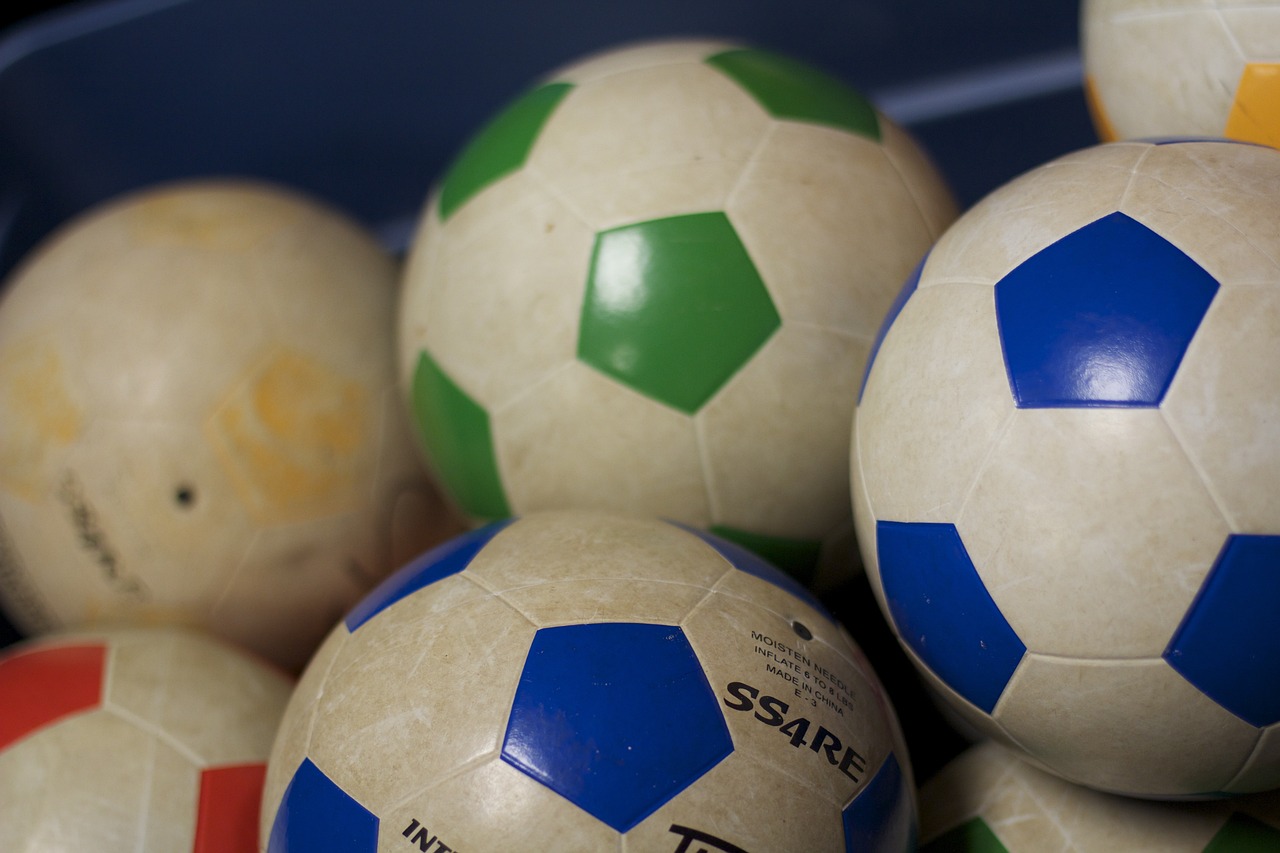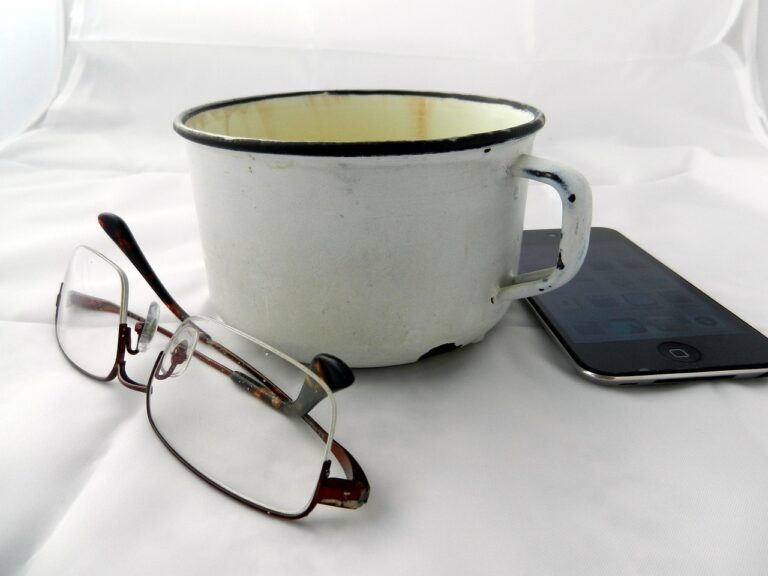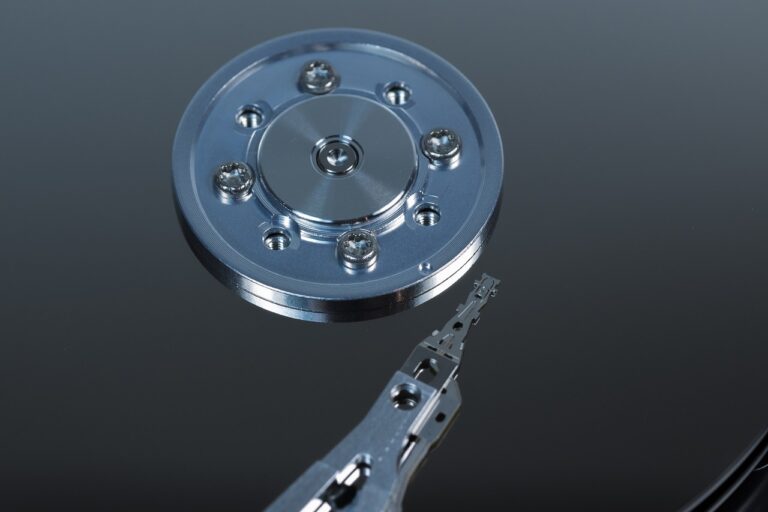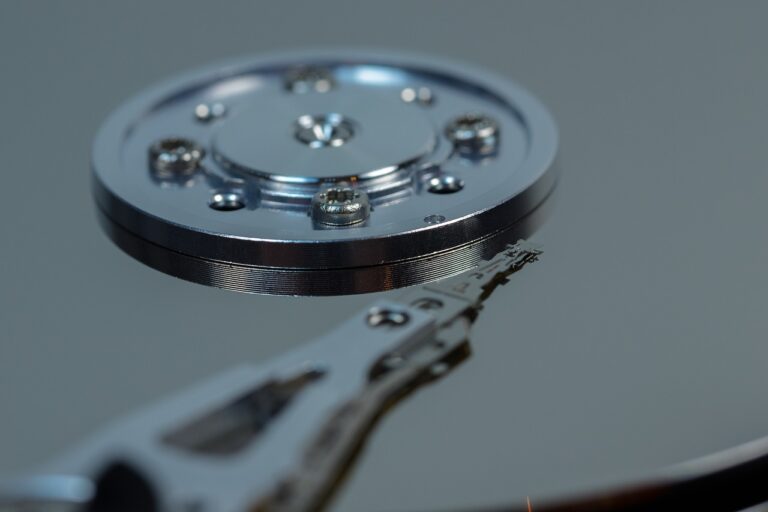Leveraging Maker Education for Hands-On Learning Experiences
As the landscape of education continues to evolve, the integration of maker education into school curricula has gained significant momentum. This hands-on approach towards learning provides students with valuable opportunities to explore, experiment, and create in a way that fosters innovation and critical thinking skills. By engaging in maker activities, students are encouraged to apply theoretical knowledge in practical settings, bridging the gap between abstract concepts and real-world applications.
Furthermore, the incorporation of maker education cultivates a growth mindset among students, instilling in them a sense of resilience, adaptability, and problem-solving ability. Through trial and error in the maker space, students learn the importance of perseverance and the value of learning from mistakes. This experiential learning not only enhances students’ creativity and resourcefulness but also equips them with the necessary skills to navigate the complexities of the 21st-century workforce.
Incorporating Maker Education into Curriculum
Student engagement and learning outcomes are significantly enhanced through the incorporation of maker education into school curricula. By encouraging students to actively engage in hands-on projects and problem-solving activities, educators can foster creativity, critical thinking, and collaboration skills. Integrating maker education into various subjects allows students to apply theoretical knowledge in real-world, practical contexts, thus deepening their understanding and retention of academic content.
Moreover, maker education promotes a more student-centered approach to learning, empowering students to take ownership of their education and explore their interests in a personalized way. By providing opportunities for students to design, create, and innovate, educators can cater to diverse learning styles and abilities, fostering a sense of curiosity and intrinsic motivation among students. As schools strive to prepare students for an ever-changing future, incorporating maker education into the curriculum equips them with the essential skills and mindset needed to thrive in the 21st century workforce.
Benefits of Hands-On Learning Experiences
Hands-on learning experiences play a crucial role in enhancing students’ understanding and retention of concepts. By actively engaging in hands-on activities, learners are able to make practical connections between theoretical knowledge and real-world applications. This type of experiential learning fosters a deeper level of comprehension and allows students to develop problem-solving skills that are essential for success in an ever-evolving world.
Furthermore, hands-on learning experiences promote creativity and innovation among students. When given the opportunity to explore and manipulate materials in a hands-on manner, learners are encouraged to think outside the box and experiment with different solutions. This not only stimulates their imagination but also instills in them a sense of confidence that empowers them to take risks and embrace failure as a stepping stone towards growth.
What is the importance of maker education in schools?
Maker education in schools encourages hands-on learning, promotes creativity, critical thinking, problem-solving skills, and fosters innovation among students.
How can schools incorporate Maker Education into their curriculum?
Schools can incorporate maker education into their curriculum by setting up maker spaces, providing access to tools and materials, integrating project-based learning activities, and encouraging students to explore and create.
What are the benefits of hands-on learning experiences?
Hands-on learning experiences help students to engage actively in the learning process, improve retention and understanding of concepts, develop practical skills, and prepare for real-world challenges.







